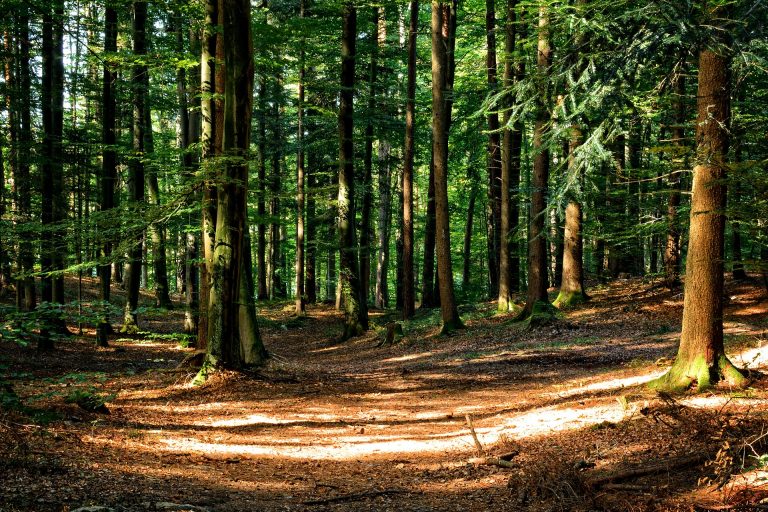Published on June 13, 2018

Large swaths of U.S. forests are vulnerable to drought, forest fires and disease. Many local impacts of forest loss are well known: drier soils, stronger winds, increased erosion, loss of shade and habitat. But if a whole forest disappears, new research shows, this has ricocheting effects in the atmosphere that can affect vegetation on the other side of the country.
A University of Washington-led study published May 16 in Environmental Research Letters shows that forest die-offs in specific regions of the United States can influence plant growth in other parts of the country. The largest impacts seen were from losing forest cover in California, a region that is currently experiencing dramatic tree mortality.
“These smaller areas of forest can have continental-scale impacts, and we really need to be considering this when we’re thinking about ecological changes,” said first author Abigail Swann, a UW assistant professor of atmospheric sciences and of biology.
Such far-off effects are accepted in the atmospheric sciences community, Swann said, but the idea is only beginning to be accepted by ecologists.
Continue reading at UW News
Originally posted on UW News by Hannah Hickey